From pasteurization to the first manufactured vaccines, Louis Pasteur made breakthrough discoveries in disease prevention and public health.
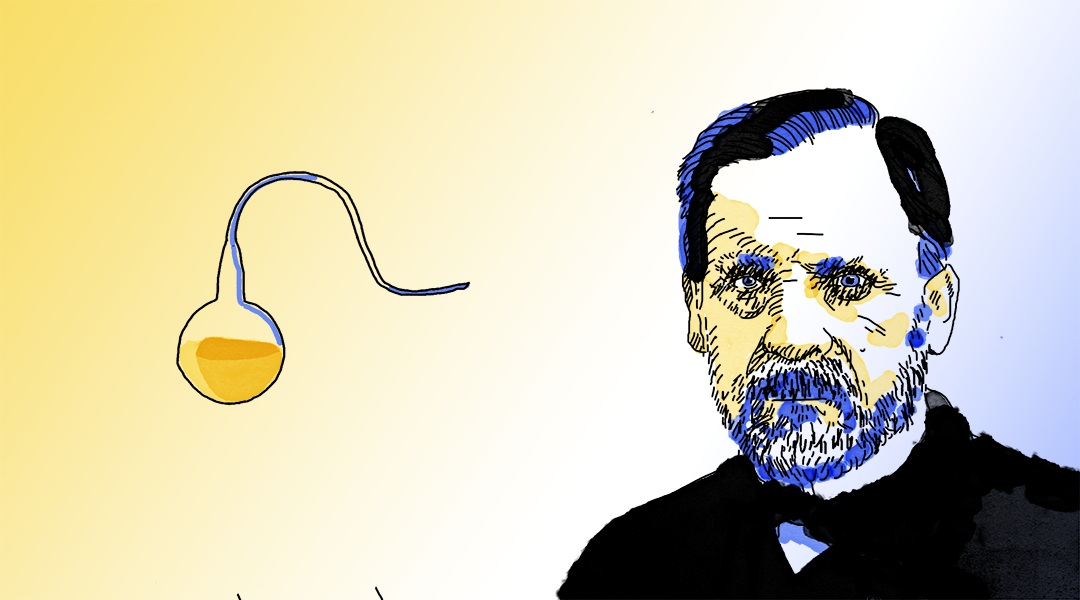

From pasteurization to the first manufactured vaccines, Louis Pasteur made breakthrough discoveries in disease prevention and public health.

Blood coagulation is a common but delicate physiological behavior and is inspiring new porous materials.
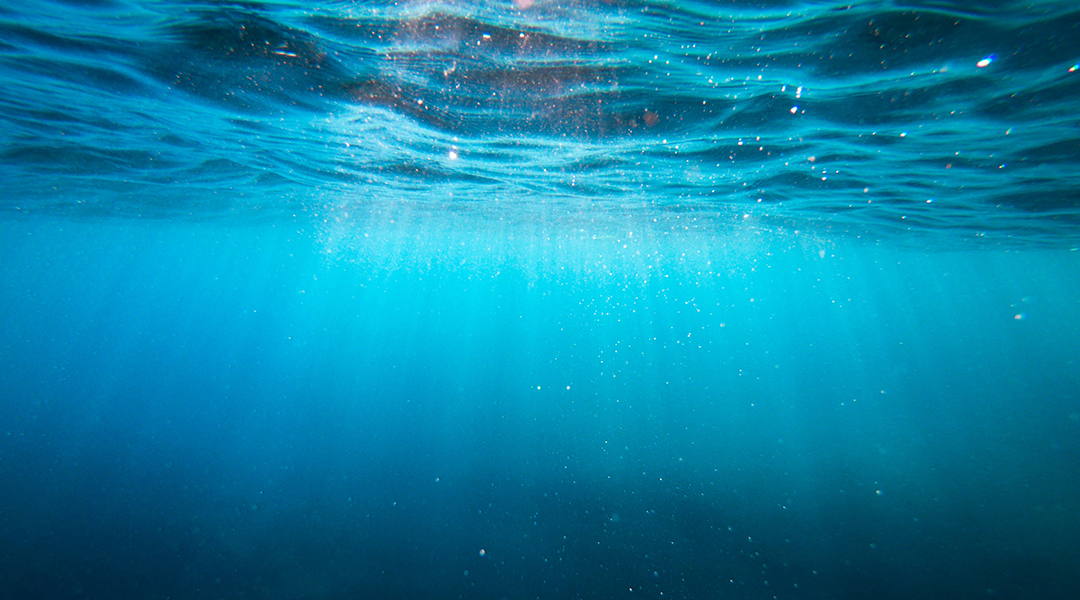
The direct electrolysis of seawater to make hydrogen has been shown in a lab-scale demonstration.
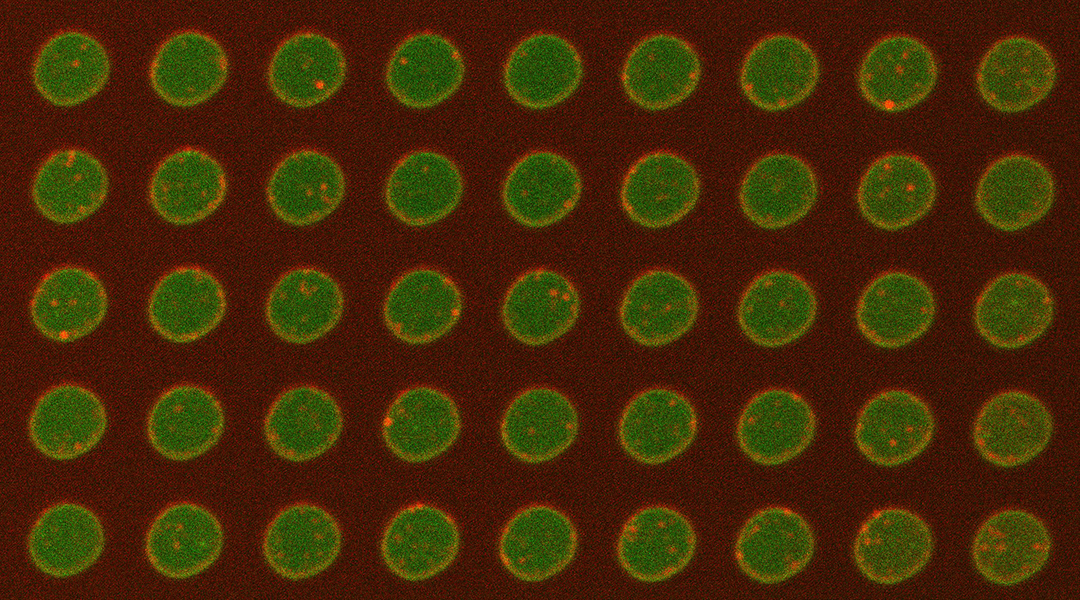
Compared to other platforms, this new “on-a-chip” system allows membrane proteins to be studied in their natural state.

Chemically driven nanomotors may help resolve chronic inflammation in patients with rheumatoid arthritis.
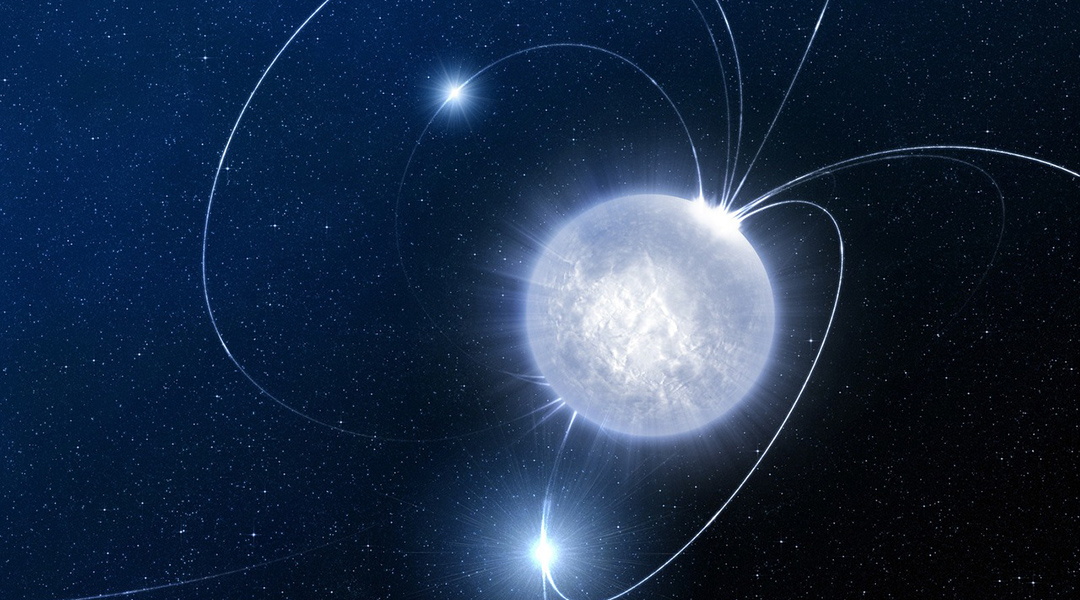
More confirmation needed to see if recently discovered object is a quark star.
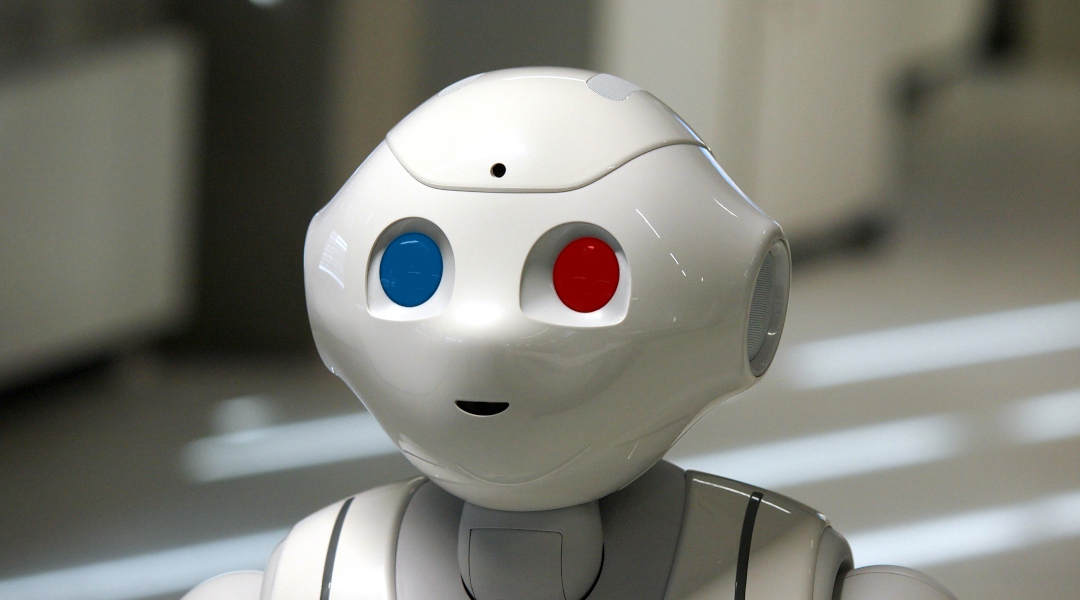
Fusing data from multiple moving cameras helps robots generate realistic 3D maps of their surroundings.
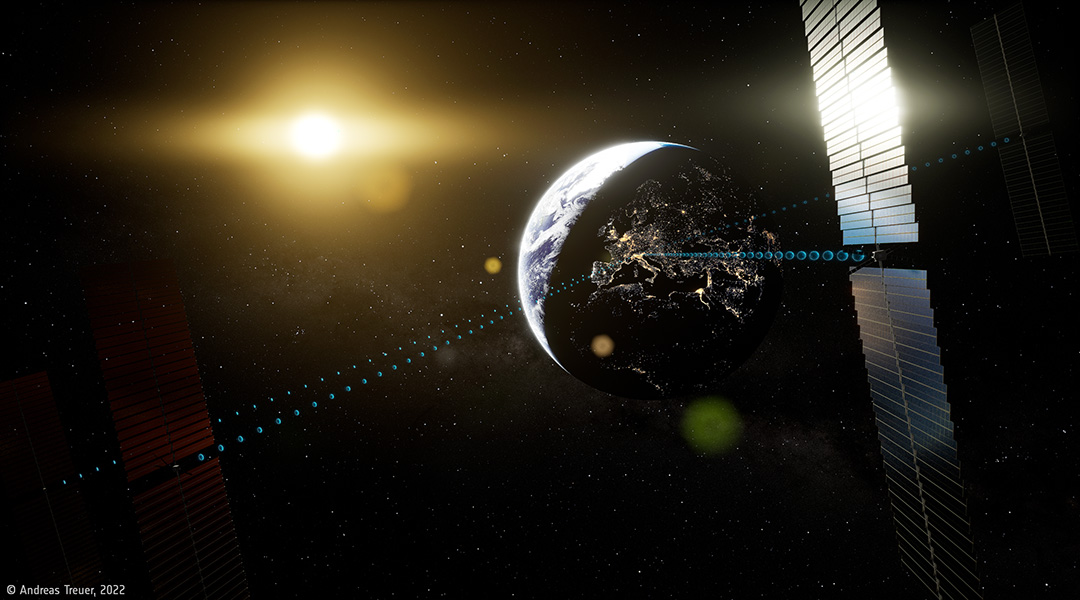
With climate change, the weaponization of energy, lower satellite launch costs, incentives to harness space-based solar power are on the horizon.
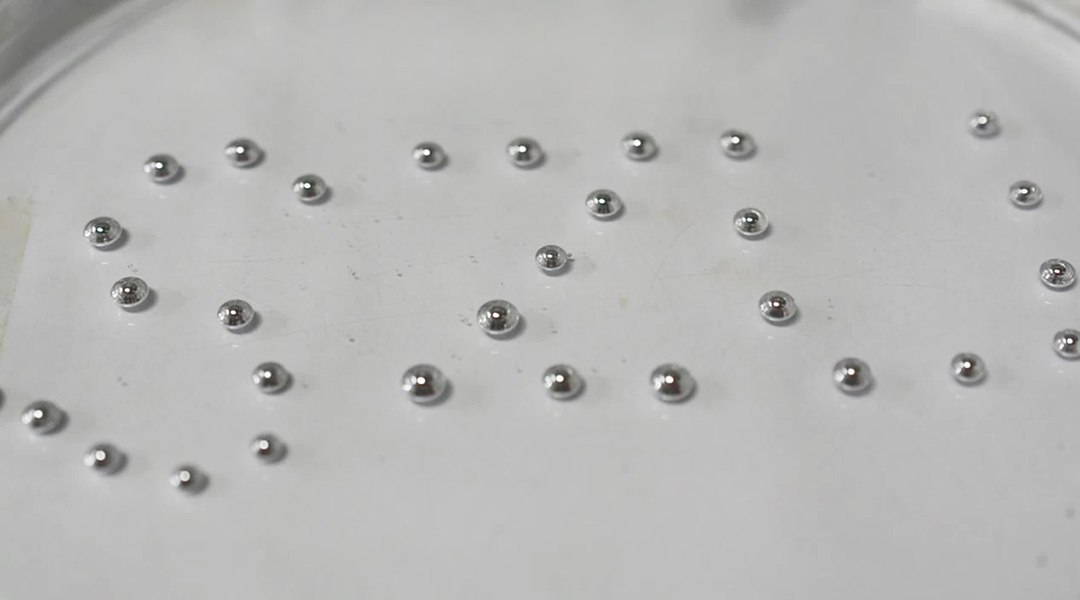
Researchers leech off the natural world to develop dynamic liquid metal robots for electrical circuits.
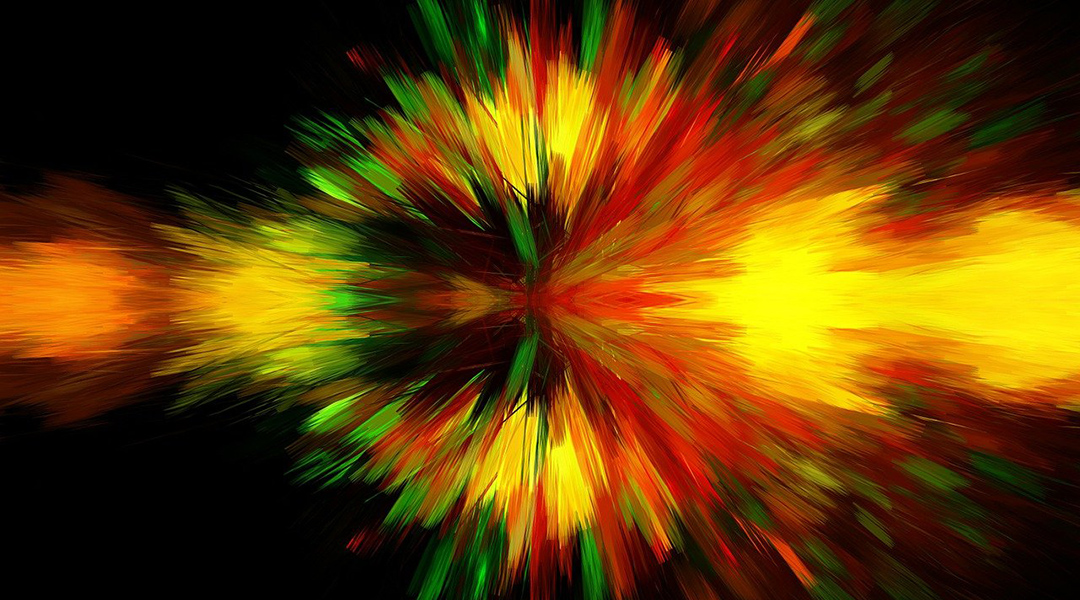
A new experimental technique could push the capabilities of particle accelerators in exploring the subatomic world.